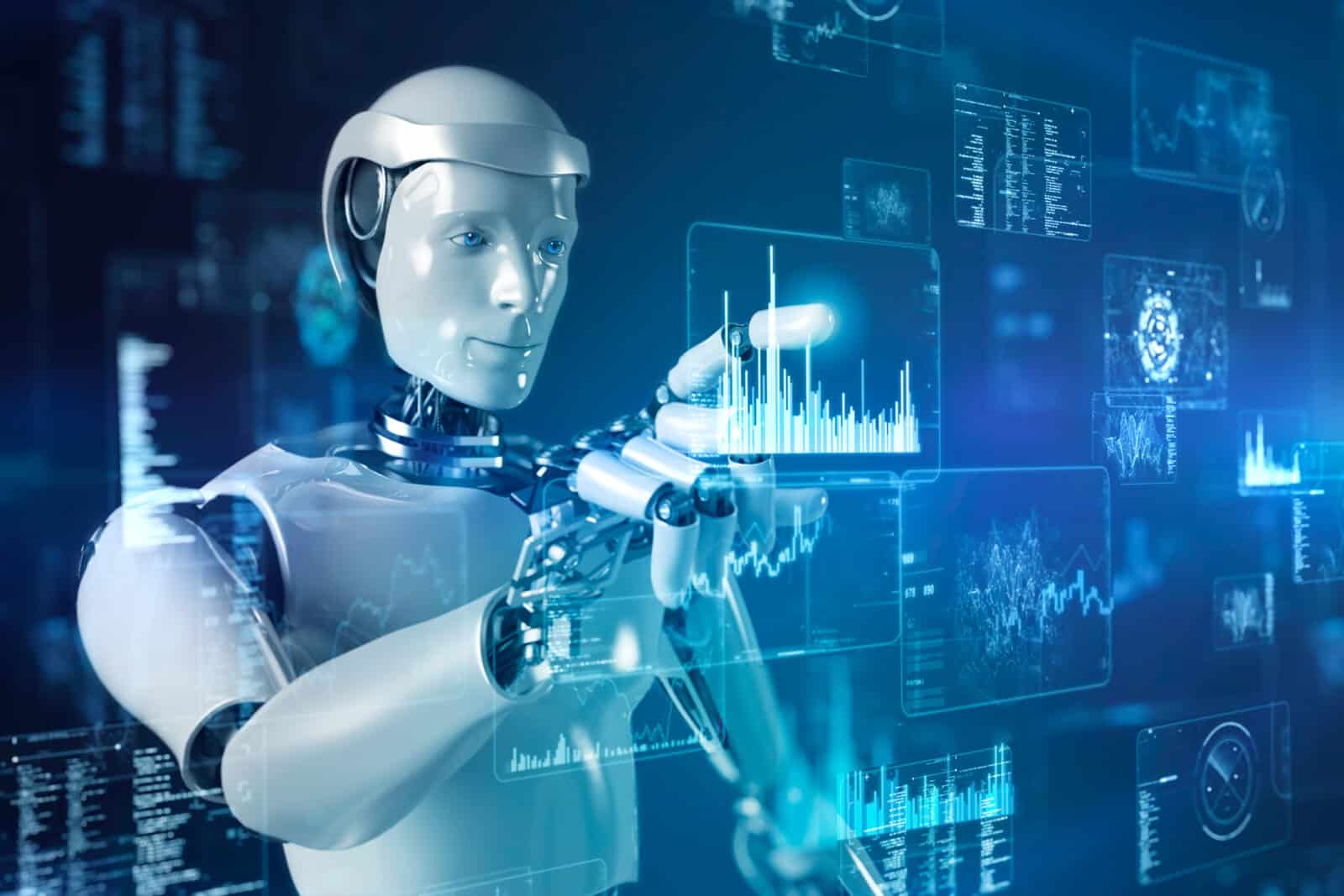How has machine learning advanced and where is it heading? What are the advantages of AutoML, and where are its limits? This article investigates the current status and provides detailed descriptions of the workflow, tools, and scope of AutoML.
 ©gettyimages/Yuichiro Chino
©gettyimages/Yuichiro Chino
The limits of traditional Machine Learning
How has machine learning advanced and where is it heading? What are the advantages of AutoML, and where are its limits? This article investigates the current status and provides detailed descriptions of the workflow, tools, and scope of AutoML.
The solution: AutoML
The technology of automated machine learning (AutoML) simplifies machine learning primarily by automating various processes. Depending on the scope and the complexity of a task, individual steps or even complete processes can be automated. The main goal is to accelerate and simplify the machine learning process, as well as to enable users without specific ML know-how to create machine learning systems. Nevertheless, a certain expertise in data engineering is required to handle large and complex process steps.
The workflow
Basically, there are both simple and iterative work steps. The basic steps should consist in understanding and elaborating the technical problem, followed by the selection and preparation of relevant training data. The next step is to determine the attributes for model generation. Now the selection of suitable machine learning algorithms can be made to subsequently train the model. This is followed by the optimization of the hyperparameters, i.e. the external configuration variables of the machine learning algorithms. In the next step, the models are compared and the best one is selected. Implementation includes deployment of the model and integration into an application. Finally, the model is ready for use and monitoring in the productive environment.
Process steps that can be automated
AutoML can be used to automate many process steps. Some are well suited, while others require a lot of effort. In general, recurring process steps are more feasible. They typically include data preparation, feature engineering, selection of ML algorithms, model selection, optimization of hyperparameters, result analysis and visualization, and deployment of the model. This automation can save both time and human effort.
 ©gettyimages/Thamrongpat Theerathammakorn
©gettyimages/Thamrongpat Theerathammakorn
The tools for AutoML
Today, many different tools and solutions from various providers are available for AutoML. Google CloudML or Azure ML, for example, provide AutoML services via a cloud-based platform. Google Cloud AutoML is a complete machine learning product suite and is fully integrated into the Google Cloud service. In contrast, Azure Automated ML is based on the highly scalable Microsoft Azure cloud computing platform. Some of the platforms for AutoML provide users with graphical user interfaces to create and train custom machine learning models with visual support. Most platforms are suited for automating small and manageable process steps. Here, too, humans are still needed for large and complex ones.
The Scope
Just like manual machine learning, AutoML is applicable in many domains. Especially classification tasks are typical use cases. Here, the technology is used to create, train, optimize, and deploy machine learning models. Examples are applications in image recognition, fraud detection, sales prediction, marketing, robotics, predictive maintenance, text analysis, and speech recognition.
The advantages of AutoML
Compared to traditional machine learning, AutoML offers many advantages. It saves time and human effort and requires less specific know-how such as programming and ML skills. Hence, machine learning is not only reserved for data scientists and programmers, but also provides an opportunity for users with no or little prior knowledge. Even with minimal expertise, high-quality ML models can be trained and transferred into operation with the help of powerful AutoML tools. As a result, implementation times for solutions realized with AutoML can decrease, while the precision of the models increases. AutoML makes artificial intelligence applications widely usable for a large target group. Consequently, AutoML technology is expected to spread in the coming years, making it the future of artificial intelligence.
 ©gettyimages/Yuichiro Chino
©gettyimages/Yuichiro Chino
Example: building a chatbot with AutoML
A good example of AutoML are chatbots that can respond to natural language. Traditionally, building such applications required extensive knowledge in NLP (natural language processing) and ML. AutoML now makes it possible to develop chatbots with minimal expertise. Developers can train custom NLP models to classify text, extract entities, and much more. By integrating these models into chatbot applications, companies can offer their customers human-like conversations and respond to queries without deep expertise in ML or NLP.
The development of advanced chatbots begins with collecting and tagging training data and uploading it to a cloud environment. ML technologies build and train the model, evaluate its performance, and make iterative adjustments. The trained model can now be integrated with various platforms such as Dialogflow, Microsoft Bot Framework, or custom solutions. The integrated chatbot can be effectively embedded into existing systems or applications to interact with users. This process simplifies the development of sophisticated chatbots and makes them more accessible and user-friendly for developers.
Sources:
https://www.bigdata-insider.de/was-ist-machine-learning-a-592092/
https://www.bigdata-insider.de/was-ist-automatisiertes-machine-learning-automl-a-896975/
https://www.ai.uni-hannover.de/de/institut/arbeitsgruppen/automl
https://saturncloud.io/blog/building-a-chatbot-with-google-cloud-automl-natural-language/
